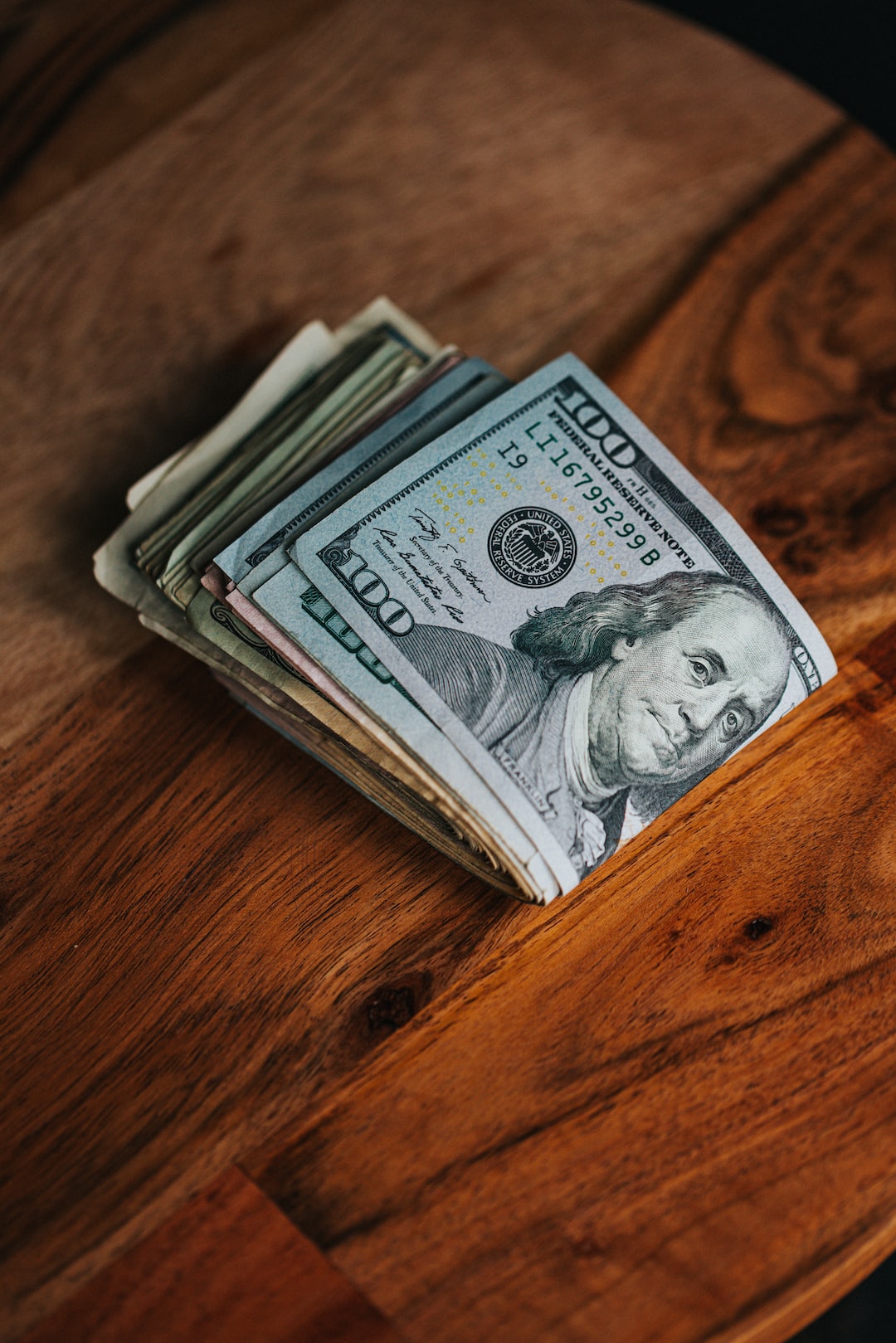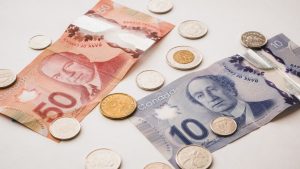Forex trading is a highly volatile market, and as such, it is essential to use risk management tools such as stop loss and leverage. These tools help traders to minimize losses and maximize profits. Stop loss and leverage are two critical concepts that every forex trader needs to understand. In this article, we will discuss how to determine stop loss and leverage in forex trading.
Stop Loss
A stop loss order is a tool used by traders to limit their losses in case the market moves against them. It is an order to close a trade automatically when the price reaches a predetermined level. The stop loss order is placed at a level that the trader determines is acceptable to them in terms of the amount of money they are willing to lose.
One way to determine the stop loss level is by using technical analysis. Technical analysis involves the use of charts and indicators to analyze the market and predict price movements. Traders can use support and resistance levels to determine the stop loss level. Support levels are levels where the price has previously bounced off, indicating that there is buying pressure at that level. Resistance levels, on the other hand, are levels where the price has previously been rejected, indicating that there is selling pressure at that level. Traders can use these levels to set their stop loss orders.
Another way to determine the stop loss level is by using the average true range (ATR) indicator. The ATR indicator measures the volatility of the market and gives an idea of how much the price can move in a given period. Traders can use the ATR indicator to set their stop loss orders by multiplying the ATR value by a factor of their choice. For example, if the ATR value is 100, a trader can set their stop loss at 2 times the ATR, which would be 200 pips.
Leverage
Leverage is a tool that allows traders to control positions that are larger than their trading capital. It is the ratio of the amount of capital that a trader has to the amount of capital that they can control. For example, if a trader has a capital of $10,000 and a leverage of 1:100, they can control positions worth $1 million.
Leverage amplifies both profits and losses. As such, it is essential to use leverage wisely to avoid significant losses. The amount of leverage that a trader should use depends on their risk appetite and trading strategy. Traders with a high risk appetite and aggressive trading strategy can use higher leverage, while traders with a low risk appetite and conservative trading strategy should use lower leverage.
Traders can determine the appropriate leverage level by considering their trading capital and the size of their positions. A general rule of thumb is to use a leverage of no more than 1:10 for each position. For example, if a trader has a trading capital of $10,000 and wants to open a position worth $100,000, they should use a leverage of no more than 1:10.
Conclusion
Stop loss and leverage are essential risk management tools in forex trading. Traders need to understand how to determine the appropriate stop loss level and leverage level for their trading strategy and risk appetite. Technical analysis and the ATR indicator can be used to determine the stop loss level, while the appropriate leverage level depends on the trader’s trading capital and the size of their positions. By using these tools wisely, traders can minimize their losses and maximize their profits in the highly volatile forex market.






